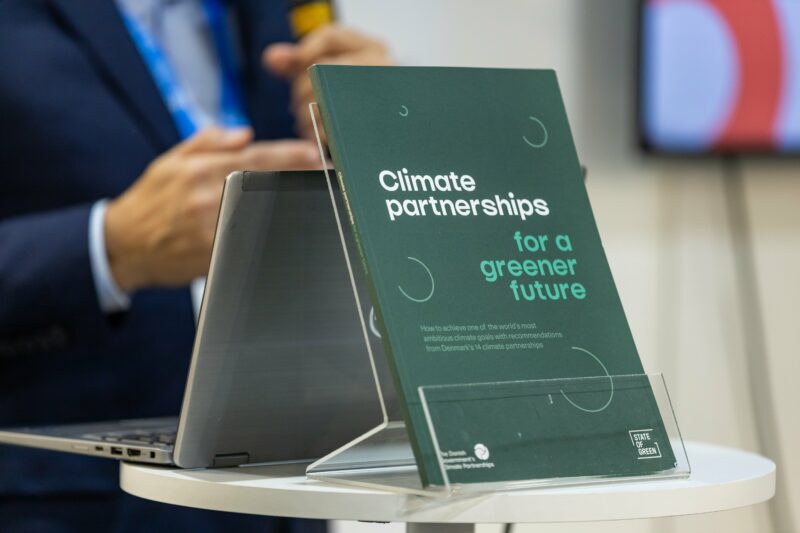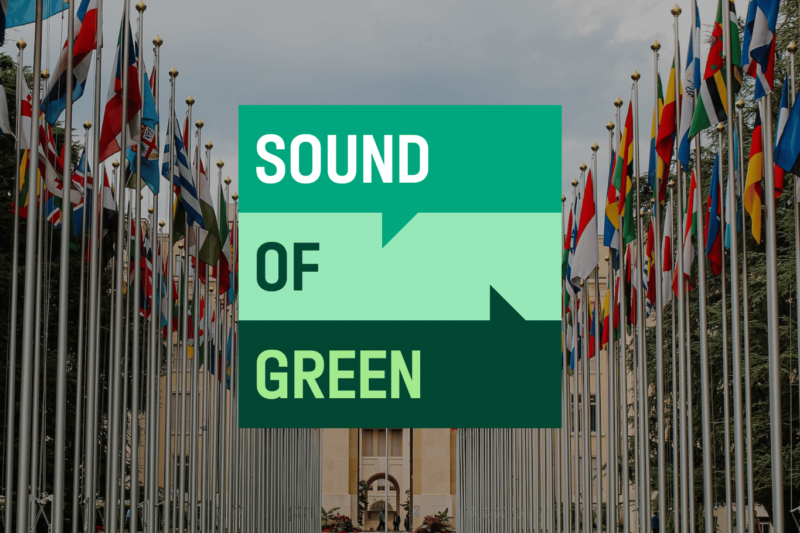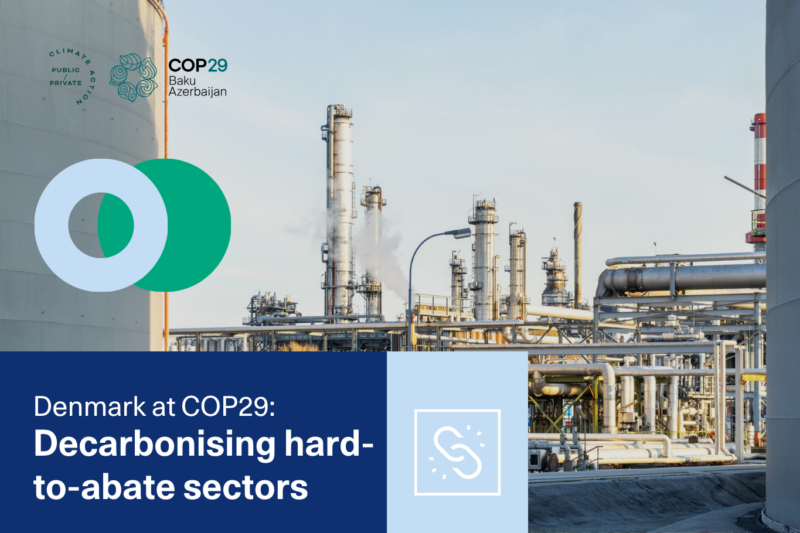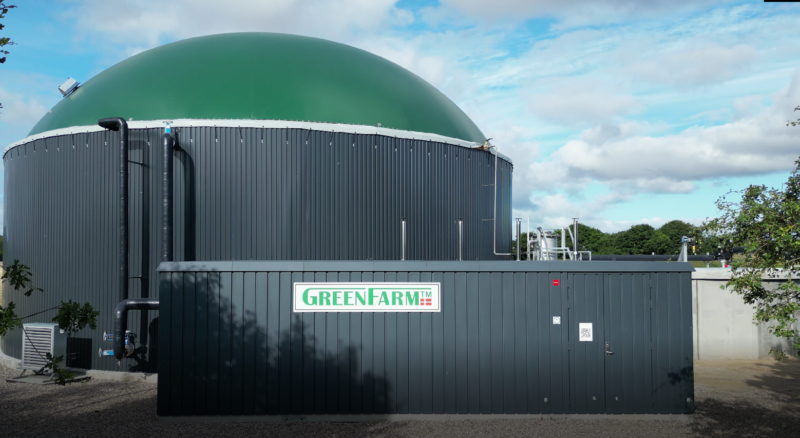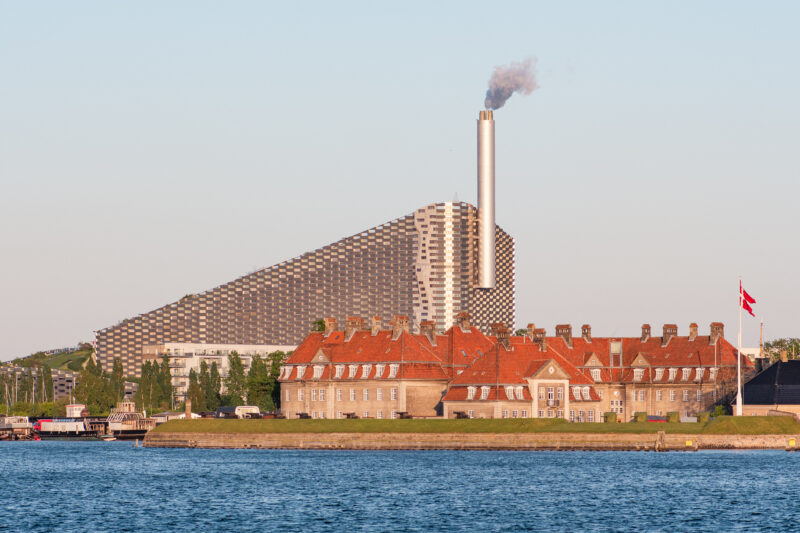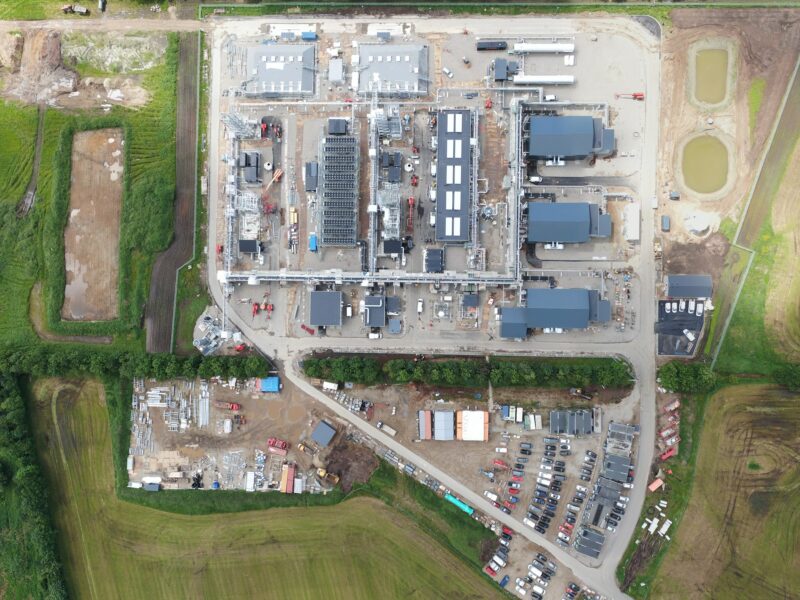News
Carbon capture, storage and utilisation
Climate partnerships
Sound of Green: A world’s first in CO2 storage


The IPCC, the International Energy Association, and the European Union have all identified carbon capture and storage (CCS) as an important technological pathway for reducing CO2 emissions and achieving net zero. Below is an excerpt of our podcast episode, where we interview Professor Philip Fosbøl about the potential of CO2 storage in Denmark, stop by the world’s first cross-border offshore CO2 storage pilot, Project Greensand, and talk to Danish Shipping about leveraging Denmark’s strongholds at sea to push advancements across green industries. To listen to the episode in its entirety, press to play or find the episode on your preferred podcast app:
In recent years, a certain four-letter acronym has become a fixture of debates about the green transition. CCUS – which stands for Carbon Capture, Utilization and Storage. Behind these letters and words lies an endeavour that international bodies like the IPCC panel and the EU have deemed critical to a timely and successful global green transition.
In the most basic terms, CCUS is about capturing CO2 from emission points, such as power generation or industrial facilities that use either fossil fuels or biogenic fuels, and transporting the CO2 to a site, where it is either utilized for alternative purposes like conversion to green fuels or stored in geological formations underground. The ultimate goal of carbon capture technology is to lower emissions by actively removing CO2 from the atmosphere.
An important note to make is that CCUS does not change the general international consensus that renewable energy and energy efficiency are still our best and most important bets in the global green transition. However, given that we’re in a time crunch and are facing a global increase in energy demand, we urgently need to develop our capacity to drive down emissions. Additionally, hard-to-abate sectors, where complete decarbonisation is prohibitively costly or technically impossible, are a huge global obstacle in the transition. CCUS presents a solution to help bridge these gaps so that we can fulfil collective goals like the ones of the Paris Agreement in time.
The current state of Denmark’s green transition is a good microcosm of how CCUS can prove useful. Denmark has an ambitious goal of reducing greenhouse gas emissions by 70% come 2030 and reaching net-zero emissions by 2050. But there are certain sectors where renewables alone won’t be able to get us there, as Philip Fosbøl, an associate professor at Denmark’s Technical University, explains:
If we look at the overall emissions from Denmark, they are in the order of 30 to 50 million tons. It’s quite low compared to many other countries. But one of the things that we cannot convert so much in Denmark is the farming sector and the cement sector. Those are the two sectors in Denmark really having very few options for conversion. You can give them a lot of wind turbines. You can give them a lot of green tech, but they’re not going to make it. Because the whole concept that they’re doing is to produce a product that creates emissions. So if we want to save the climate, you could say we have to make it up for those sectors like the cement sector and the farming sector in Denmark.
Associate professor Philip Fosbøl, Denmark’s Technical University
CCUS presents a pathway to “making it up” for these hard-to-abate sectors. By capturing the CO2 from their industrial processes and either storing it, or using it for an alternative, green purpose, their emissions can be countered. While CCS and CCU are certainly connected, they’re also quite different when it comes to their respective value chains.
So how far along are we in the development of CCS?
The technology has been proven in terms of CO2 capture, and has been proven in terms of CO2 transport, and has been proven other places around the world in terms of CO2 storage. But in Denmark, in the northern Scandinavia, and in Europe in general, we have not seen the coupling of CO2 capture, transport and storage yet.
Associate professor Philip Fosbøl, Denmark’s Technical University
In the southern part of the North Sea lies the depleted oil field Nini West. It’s here that the Danish-led Project Greensand is currently carving out a pathway to realizing a fully operative CCS value chain.
Greensand is about CO2 storage. And this is a storage facility, basically being able to use the already infrastructure we have out in the North Sea, because we have established infrastructure for oil and gas. And what we want to do now is see if we can actually repurpose this, in other words, turn around the flow from extracting oil and gas to actually inject CO2 into the reservoir, so we can store the CO2 permanently in the ground. So, removing CO2 from the atmosphere and permanently storing it in this reservoir going forward.
Mads Gade, representative of Project Greensand
The Greensand consortium consists of 23 different Danish and international partners, all of whom contribute with expert knowledge on all parts of the CCS value chain – from universities and researcher partners to energy companies, to captures to shipping and offshore enterprises.
For the past few years, the consortium has been working to demonstrate how the already existing gas and oil infrastructure in the North Sea can support the permanent storage of CO2. And as Mads tells it, the critical state of the climate crisis is very much a driving force behind finding a way to do CCS successfully:
I mean, depending on the estimates they have for net zero, it’s somewhere between at least six gigatons a year you would have to store to deliver net zero by 2050. Therefore, it’s a very, very key brick for us to deliver the net zero target and the ambitions we have worldwide. I mean, there’s too much CO2 in the atmosphere. And if you look at CCS, what it will do is it will permanently remove some of that.
Mads Gade, representative of Project Greensand
One of the key perceived barriers of CCS which Greensand has taken a big step to overcome is figuring out how to transport the CO2 to storage sites in a safe, efficient and green manner. Here, the consortium has been able to draw upon the Danish shipping industry, which has the kind of experience and ambition needed to see it through.
Danish authorities and shipping companies are at the forefront of the green transition, pushing for climate action and ambitious global regulation towards net-zero shipping. Big players like Mærsk are leading the way with ambitious strategies. And Dan Unity CO2, a partner in project Greensand, has developed the world’s first carbon capture and storage-specific shipping entity.
The shipping industry’s engagement in developing green solutions as well as the success of project Greensand represents a clear signal that sectors traditionally associated with the fossil fuel industry are ready and able to take part in the green transition. CCS presents an opportunity for them to take on new roles.
We represent the storage operators. Secondly, we represent the hopefully coming transporters of CO2. So, the maritime transportation issue. And thirdly, we represent the, let’s call it the parallel service industry. Today, a lot of maritime operators, a lot of ship owners service the existing oil and gas platforms in the North Sea. What we are hoping for is that that particular part of the service industry will transcend one-to-one to the future storage sites.
Director Thomas Sylvest, Politics and Analysis, Danish Shipping
Listen to the episode it’s entirety:
